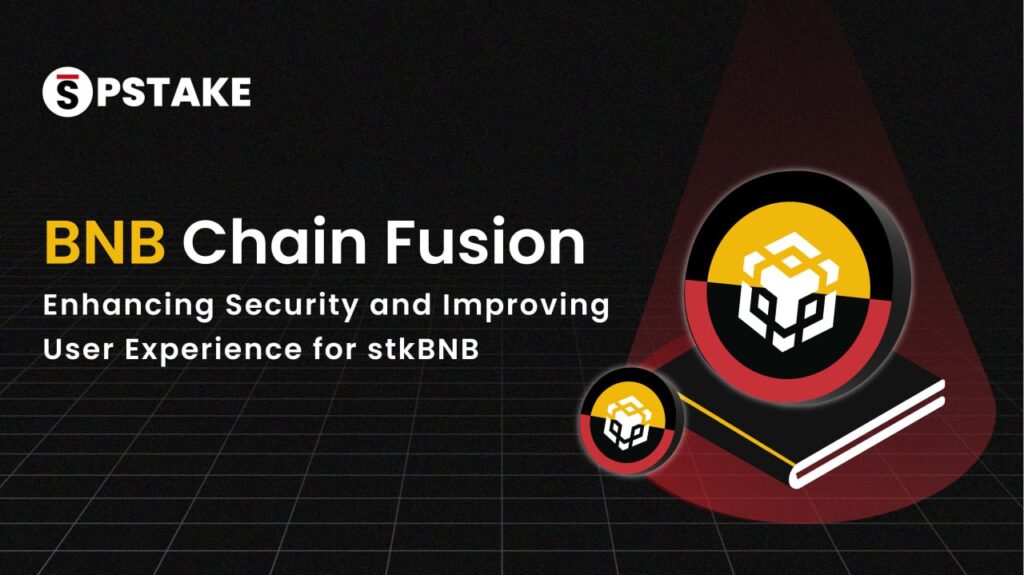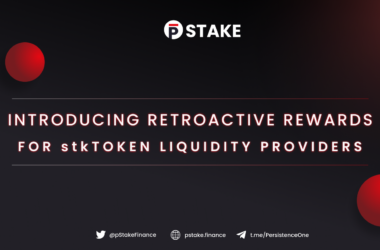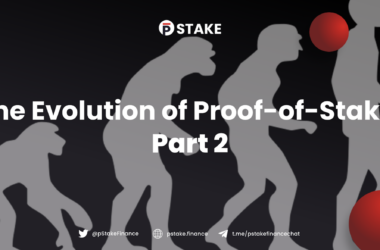In the beginning, Satoshi created Bitcoin using the proof-of-work (PoW) consensus mechanism. And he/she/they released the whitepaper and the open source code to the cypherpunks. And they saw that it was good. In the twelve years since Bitcoin’s inception, however, a new era of blockchain has already begun.
Isn’t Bitcoin Enough?
While Bitcoin alone is revolutionary enough to forever alter the way we think of “hard money,” it lacks the flexibility that decentralized applications require.
Recently, proof-of-stake (PoS) networks (like Persistence and Cosmos) have risen to new prominence as PoW networks face issues with scalability, cost efficiency, and environmental sustainability.
Where did PoS come from?
The concept of applying PoS to cryptocurrency began only two years after the dawn of Bitcoin.
Origins
An early Bitcoin enthusiast known as “QuantumMechanic” asked “whether a transition from a proof-of-work based system to a proof-of-stake one might happen” in a Bitcointalk forum thread. Although debates regarding attack vulnerability, the fairness of distribution, and decentralization began right away, it was immediately clear that a PoS model would save a mass of computing power. Soon after, those who saw the future of PoS got to work.
Implementation
Luckily the Cosmos Network had a secret weapon – Tendermint. These core contributors helped establish the framework, consensus model, and SDK used today within the Cosmos ecosystem.
In 2013, PeerCoin became the first cryptocurrency to implement a PoS consensus mechanism, which it did in a hybrid manner. Others, each with their own idea of how PoS should work, soon followed. In 2014, Cosmos was born.
In the bull run of 2017, several PoS blockchains competed to raise funds for development. Cosmos was among them. From 2018 until 2020, many of the teams who raised funds in the previous cycle focused on development. Among those was Cosmos who launched phase 1 of their mainnet in March 2019.
Two years after that, the Persistence Core-1 Mainnet launched on March 30th, 2021. pSTAKE is one critical component of Persistence’s suite of next-generation financial products.
After DeFi’s reigning champion, Ethereum, formally announced their transition to PoS in April 2021, interest in PoS networks has continued to surge.
What is the Current State of Staking?
In 2021, stakers earn passive income by staking their PoS assets to help secure the respective network/s. According to stakingrewards.com, there are now over 250 PoS networks with a combined market capitalization of over $460B (as of November 20, 2021).
However, only around $360B of these assets are currently staked. While this sounds like an impressive number, and is generally on a firm rise, that still leaves upwards of $100B of PoS assets which are not being utilized for staking. This is largely due to the illiquidity of staked assets, which generally require 21-days to unbond/unstake before the assets are accessible (though the unbonding period varies across networks). Many asset holders are not comfortable with this level of illiquidity.
Furthermore, the illiquidity of these $360B of locked assets means they hold little utility for holders and the broader blockchain ecosystem beyond helping to secure respective PoS networks for staking rewards. While staking offers an average of around 2-35% APR, the burgeoning DeFi ecosystem can offer competing yields of up to 1000% APR and beyond. This causes a conflict of interests for crypto holders who are forced to decide between participating in the PoS ecosystem or generate (often) higher yields using DeFi.
However, these conflicts can now be resolved with liquid staking solutions such as pSTAKE, which enable PoS asset holders much more freedom and flexibility to utilize their assets on multiple fronts.
pSTAKE works by tokenizing staked assets so holders are able to use them in outside financial applications. Stakeholders can freely trade their tokenized stakes between themselves, on exchanges, and even on different blockchains. Thus, pSTAKE empowers stakers to radically increase their asset flexibility and potential yield by allowing PoS token holders to participate in both staking and DeFi at the same time.
In short, PoS is evolving dramatically, with liquid staking being a key component of this transition.
Stay tuned for part 2 of this article, where we’ll dig deeper into the effects of liquid staking on DeFi and what the future looks like for PoS.
About pSTAKE
pSTAKE is a liquid staking protocol that unlocks liquidity for your staked assets. With pSTAKE, you can securely stake your Proof-of-Stake (PoS) assets, participate in protocol improvements and security to earn staking rewards, and receive staked underlying representative tokens (stkASSETs) which can be used to explore additional yield opportunities across DeFi.
At present, pSTAKE supports Binance Chain (BNB), Cosmos (ATOM), Persistence (XPRT), and Ethereum (ETH) networks’ native tokens, with a view to support more chains and assets in the future (SOL, and AVAX).
Developed by Persistence
Persistence is a Tendermint-based, specialised Layer-1 network powering an ecosystem of DeFi applications focused on unlocking the liquidity of staked assets. Persistence facilitates the issuance and deployment of liquid-staked stkASSETs, allowing users to earn staking rewards while participating in DeFi primitives, such as lending/borrowing and liquidity provisioning on DEXs.
Persistence aims to offer a seamless staking and DeFi experience for PoS (Proof-of-Stake) users and enable developers to build innovative applications around stkASSETs.
Join Our Movement
Twitter | LinkedIn | Telegram | YouTube | Reddit | [email protected]










